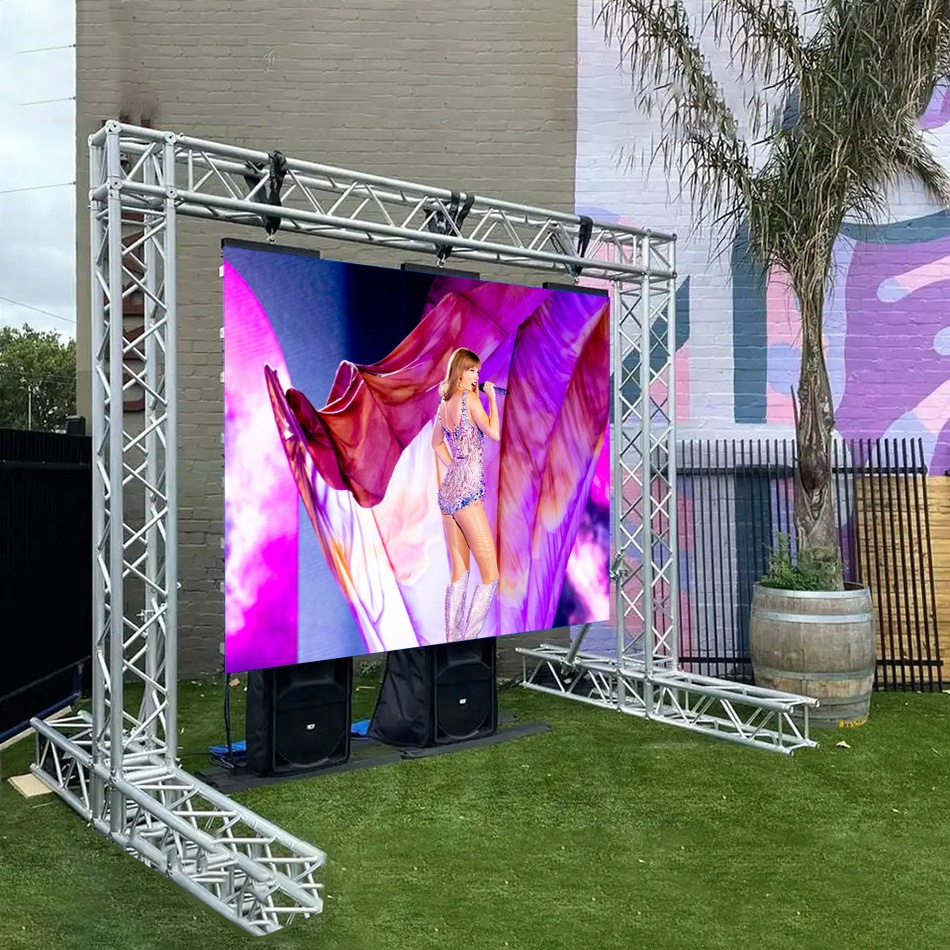No products in the cart.
Industry news
Methods to avoid static electricity during the use of LED display screens.
As an LED display screen manufacturer, LED attaches great importance to anti-static measures, and the following are some explanations for static electricity and anti-static measures:
1.1. Source of static electricity:
The main sources of static electricity that affect the circuit include the human body, plastic products, and related equipment and instruments. Among them, static power sources from the operating environment include the following:
1. Objects and materials
2. Floors, desks and chairs
3. Work clothes and packaging containers
4. Painted or waxed surfaces, made of organic and fiberglass materials.
5. Cement flooring, painted or waxed flooring, plastic tiles or floor leather.
6. Chemical fiber work clothes, non-conductive work shoes, clean cotton work clothes.
7. Plastic, packing box, case, bag, plate, foam plastic liner.
2. Electrostatic discharge failure
Sudden and potential failures.
A static failure of more than 90% in the usage environment is a potential failure, manifested by the weakening of the circuit’s resistance to electrical overstress and a shortened service life.
3. Anti static measures
1. Provide training on electrostatic knowledge and related technologies for personnel using electrostatic sensitive circuits.
2. Establish an anti-static work area, use anti-static flooring, anti-static workbench, anti-static grounding leads, and anti-static appliances within the area, and control the relative humidity of the area to above 40.
3. The harm caused by static electricity to electronic equipment may occur anywhere from the manufacturer to the field equipment. The harm is caused by insufficient and effective training and equipment manipulation failures. LED is a device sensitive to static electricity. INGAN chips are often considered the “first” to be susceptible to interference. And ALINGAP LEDS SHI comes in second place or better.
4. Devices with damaged ESD can display dim, blurry, off, short or low VF or VR. ESD damaged equipment should not be confused with electronic overload, such as due to incorrect current design or driving, chip mounting, wire shielding grounding or packaging, or ordinary environmental induced pressure.
5. ESD Safety and Control Procedures: Most electronic and electro-optical companies have ESDs that are very similar and have successfully implemented ESD control, manipulation, and main programs for all devices. These programs are instruments that have been used to detect the quality and effectiveness of ESD since ancient times. ISO-9000 certification also lists it as a normal control program.
4. Transportation and Packaging
During daily operations, ESD sensitive equipment should always be stored in anti-static bags or containers. This includes inventory, transportation, and WIP for detailed catalogs. Precautions during transportation include consuming convoys, boxes, or other equipment, such as conductive wheels or towing links, when transporting ESD equipment.

